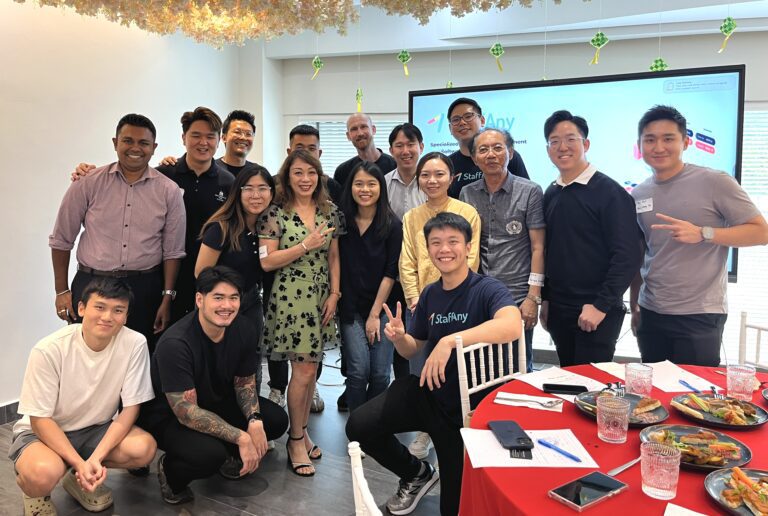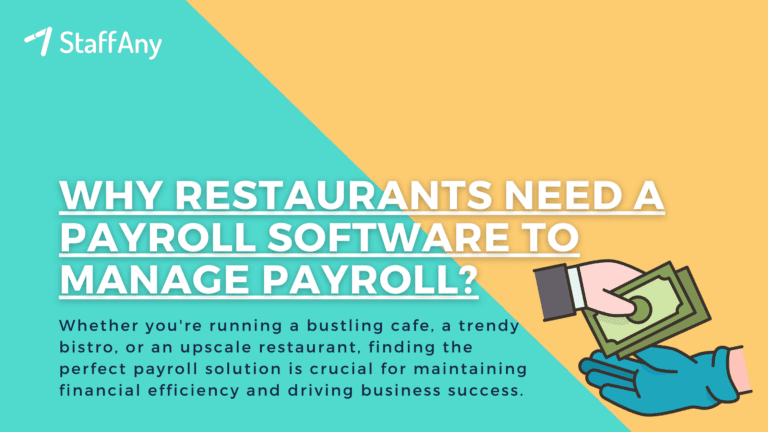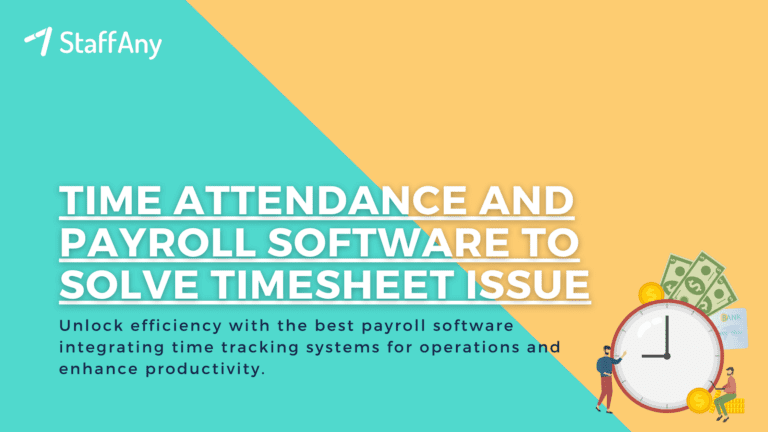In today’s dynamic business landscape, finding and securing the right talent is crucial for the success of any organisation. The recruitment process is the cornerstone of this endeavour, ensuring that skilled individuals are identified and integrated into the workforce seamlessly. The recruitment process flow plays a pivotal role in this pursuit, guiding hiring teams through a strategic sequence of steps to identify, assess, and hire the most suitable candidates.
This article will delve into the significance of the recruitment process flow and outline the seven key stages underpinning its effectiveness. Let’s get started!
What is the Recruitment Process?

The recruitment process can be likened to a finely tuned orchestra, where each note contributes to the harmonious creation of a melodious symphony. It is a structured sequence of actions that organisations undertake to identify, attract, evaluate, and ultimately select candidates for various job roles. This intricate process involves several stages, which, when executed meticulously, lead to the acquisition of talented individuals who align with the company’s goals and culture.
Read more: 5 Different Types of Rotating Shifts
Why is Recruitment Process Flow Important?
The significance of a well-structured recruitment process flow cannot be overstated. It is the backbone of efficient and effective hiring practices, ensuring that organisations secure the best-suited candidates for their teams. Let’s delve into the seven key reasons that highlight the importance of a seamless recruitment process flow:
1. Enhanced Efficiency and Time Savings
A streamlined recruitment process flow eliminates unnecessary delays and redundancies. By delineating clear steps and responsibilities, the hiring process becomes more efficient, saving valuable time for hiring teams and candidates. This agility is crucial in today’s fast-paced business environment, where swift decision-making can make all the difference.
2. Consistency in Evaluation
Consistency is a cornerstone of effective recruitment. A well-defined process ensures that all candidates are evaluated against the same criteria, fostering fairness and transparency. This uniform approach mitigates biases and subjective judgments, allowing for an objective assessment of candidates’ skills and suitability for the role.
3. Improved Candidate Quality
The recruitment process flow is a quality control mechanism, ensuring that only the most qualified candidates progress to the final stages. By thoroughly assessing candidates at various points, organisations can focus their resources on individuals who meet the necessary qualifications and exhibit the desired traits, ultimately leading to a higher calibre of hires.
4. Alignment with Organisational Goals
A structured recruitment process flow aligns hiring efforts with the organisation’s strategic goals. By involving key stakeholders in the initial stages to identify hiring needs and craft job descriptions, the hiring process becomes purpose-driven. This alignment ensures that new hires contribute effectively to the company’s growth trajectory.
Read more: Benefits of Using Rotational Shifts in the F&B Industry
5. Compliance and Risk Mitigation
Navigating legal and regulatory requirements is paramount in today’s employment landscape. A well-defined recruitment process flow incorporates compliance checks and ethical considerations at every stage. This reduces the risk of legal complications and protects the organisation’s reputation by adhering to established employment laws.
6. Positive Employer Branding
The recruitment process offers a unique opportunity to showcase the company’s culture and values to potential candidates. A well-structured process, coupled with respectful communication and timely updates, leaves a positive impression on candidates—even those who may not be selected. This enhances the company’s employer branding and positions it as an attractive workplace.
7. Flexibility and Adaptability
Business environments are subject to change, and so are hiring needs. A well-crafted recruitment process flow is flexible and adaptable, allowing for customisation based on specific roles, industries, or organisational shifts. This adaptability ensures that the process remains relevant and effective over time.
Read more: Understanding Employee Management System and Its Benefits
11 Common Recruitment Problems
Recruitment is a critical process for organizations, but it can also be challenging. Common recruitment problems include:
1. Talent Shortages
In certain industries or for specific roles, finding qualified candidates can be difficult. This is especially true for niche or highly specialized positions.
2. High Competition
When multiple companies are vying for the same talent pool, it can lead to a competitive market where candidates have multiple offers, making it challenging for employers to attract and retain top talent.
3. Time-Consuming Process
Recruitment can be a time-consuming process, from posting job openings and reviewing resumes to conducting interviews and checking references. It can take weeks or even months to fill a position.
4. Costs
Recruitment can be expensive, with costs associated with advertising job openings, conducting interviews, background checks, and onboarding. A bad hire can also be costly in terms of training and potential turnover.
5. Mismatched Skills
Sometimes, candidates may lack the necessary skills or qualifications for the job, despite their impressive resumes. This can lead to high turnover and wasted resources.
6. Cultural Fit
Finding candidates who not only have the right skills but also fit well with the company culture can be challenging. A poor cultural fit can lead to workplace conflicts and reduced productivity.
7. Unconscious Bias
Recruiters and hiring managers may unintentionally favor candidates who are similar to themselves or who share certain characteristics. This can lead to a lack of diversity in the workforce.
8. Ineffective Job Descriptions
Poorly written job descriptions can deter qualified candidates from applying and may attract applicants who are not a good fit for the position.
9. Technology Challenges
Keeping up with the latest recruitment technology, such as applicant tracking systems (ATS), can be challenging. Using outdated or inefficient tools can slow down the recruitment process.
10. Legal Compliance
Recruitment processes must adhere to legal regulations regarding equal employment opportunity, anti-discrimination laws, and other labor laws. Failure to comply can result in legal issues.
11. Remote Hiring Challenges
With the rise of remote work, organizations may face difficulties in assessing remote candidates’ suitability and effectively onboarding them.
To address these recruitment problems, organizations often implement strategies such as improving their employer brand, using data-driven recruitment techniques, embracing diversity and inclusion initiatives, and investing in training for hiring managers and recruiters. Additionally, leveraging technology and automation can streamline the recruitment process and improve efficiency.
Read more: How to Create a Schedule for Employees in F&B Business
In conclusion, the seven stages of the recruitment process flow discussed above form a comprehensive framework for effective talent acquisition, ensuring the right candidates are seamlessly integrated into your workforce. To further enhance your recruitment efforts, consider utilising StaffAny’s advanced applicant tracking system.
StaffAny offers a range of features to optimise your hiring strategy. You can share job openings effortlessly with auto-generated QR codes and URLs, reaching a wider audience across platforms. Streamline candidate management and application tracking, ensuring efficient evaluations and engagement.
In addition, you can also customise your job application forms with screening questions and comprehensive job descriptions to attract the best-fit talent. Elevate your hiring process with StaffAny’s applicant tracking system, improving efficiency and candidate selection. Start using StaffAny today to transform your recruitment approach and unlock a more streamlined, effective hiring process!











